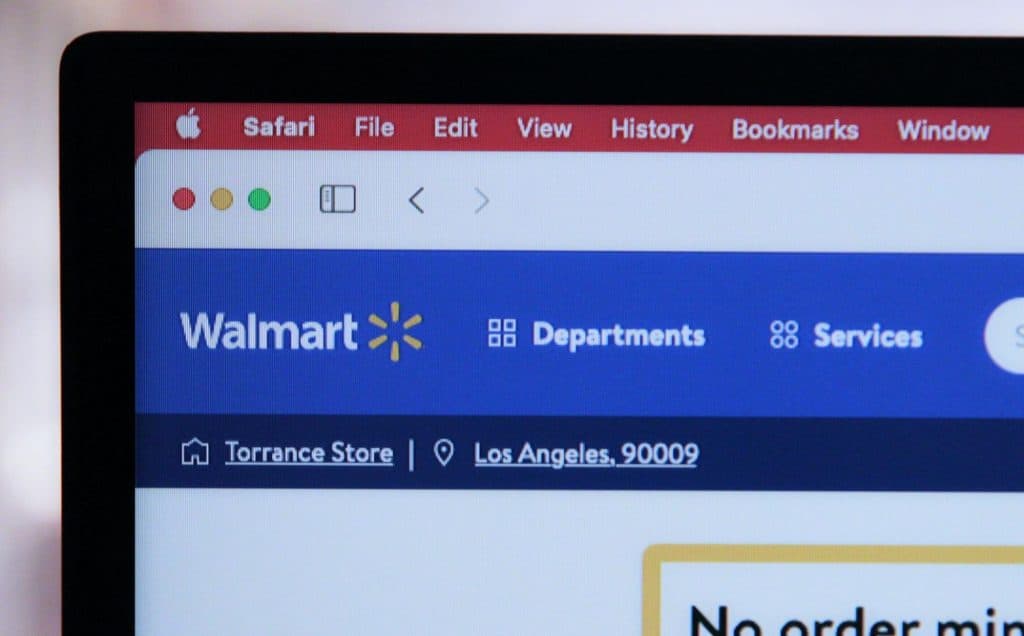In 2009 Walmart began allowing 3rd party sellers to sell ‘value’ items on their eCommerce marketplace. Walmart Marketplace (WM) has grown into one of the largest eCommerce marketplaces today, edging ever closer to its competition, Amazon.
Though, unlike Amazon WM prides itself on its exclusivity. They don’t allow just anyone to sell on their platform. Sellers need to be experienced and adhere to Walmart’s strict category rules or risk punitive measures. Most importantly, they require their sellers’ back-end systems to be expertly integrated.
In this article, we will explore the current state of Walmart Marketplace with current statistics, best practices, and integration strategies that will help you become a successful Walmart Marketplace vendor.
Walmart.com – The Gold Standard of Marketplaces
For decades, Walmart has offered their customers everything they need at a guaranteed low price. In recent years, Walmart has focused on selling more and more ‘value’ items. Goods that may be slightly more expensive and of better quality but still remain dedicated to reasonable prices and providing excellent customer service.
Walmart upholds these customer service standards with 3rd party vendors as well. Any 3rd party vendor selling on Walmart.com needs to follow Walmart’s prescribed standards by going through a registration process, where every application is vetted and reviewed to ensure 3rd party sellers are capable of meeting expectations.
Even though the process to become a vendor is not easy nor simple. The latest statistics around how many people use Walmart.com may make becoming a Walmart Marketplace vendor worth its while. Similarweb claims that from February 2022 to April 2022, Walmart’s site has been averaging ≈400M total visits. Even with a 51% bounce rate, they still manage to pull 4 minutes and 32 seconds of ‘average visit duration time’ on the site. Even in this semi-post-pandemic eCommerce comedown, Walmart still pulled around 200M legitimate users within these 3 months.
That kind of eCommerce reach is nearly impossible for one single merchant. Deciding to become a Marketplace vendor gives your business exposure to a substantially wide audience with extreme loyalty and purchase power. To succeed at Walmart, you must add strict requirements and tight integrations to your business. However, the rewards and reach your brand can achieve are endless.
Walmart Fulfillment Services
Walmart is aware that every vendor doesn’t have the same access to resources as they do. So to help out, Walmart opened its own fulfillment service. Giving WM vendors the opportunity to have the entire Pick, Pack, and Ship process done for them, at a price.
Walmart Fulfillment Services (WFS), becomes an option for vendors once they’ve joined WM. They will be able to ship their inventory to a Walmart warehouse where it will be stored, Picked, Packed, and Shipped out to your customers. Walmart will also handle customer care and returns (in-store or home pickup). Offering your customers something that many 3rd party vendors cannot – easy, convenient, in-person returns. This creates a customer experience that other marketplaces struggle to replicate.
This issue of returning and exchanging products is a large pain-point for many customers and merchants alike. Marketplaces that are winning in 2022, have tightly automated and frictionless processes for handling returns. As a vendor within that marketplace, it is essential to equip your business with tight integrations through all back-end systems. Take advantage of VL OMNI’s global partner network of technology partners that can assist you in leveling up your business processes to Walmart’s standard.

What Will It Cost Me To Become A Walmart Vendor?
Many people’s first question when interested in anything is, how much it will cost them. Well, for better or for worse, Walmart doesn’t charge sellers for the number of SKUs they have, doesn’t implement set-up charges and they do not charge a monthly fee. Instead, the way they make their money on Marketplace is by charging a ‘Referral fee’. Taking a percentage of every vendor’s sale, Typically between 8%-15%, from each item sold, mainly depending on your product category.
Step One In Walmart Marketplace Success: Have A Integration Strategy
Every marketplace or sales channel has its own technical requirements, business processes need, and ultimately, a specific strategy. Applying the same eCommerce strategy you use for your own brand’s website to Walmart’s Marketplace is a recipe for disaster.
We recommend Merchants take the time to fully understand their strategic goals within Walmart’s marketplace, and think carefully about how their data moves throughout their technology stack according to Walmart’s technical requirements. With or without the help of Walmart Fulfillment Center, potential vendors need their customer transactions to be seamless from click to delivery or risk serious issues or losses.

Questions To Ask Your Business When Strategically Evaluating Walmart Marketplace
- Am I no longer using legacy systems that prevent me from interfacing or integrating my applications like my ERP, CRM, and other applications
- I am using applications, systems and platforms that can communicate effectively with modern API’s and file types.
- I have mapped out where my customer data comes from and all the other applications in that data must be held
- I have or will have end-to-end visibility on inventory at all times
- I have multiple suppliers to help with increased demand.
Being able to check yes to all the above questions will take some time and strategic thought. Consulting with an integration expert, like VL OMNI can help you map out a robust integration strategy.
Final Steps
VL OMNI highly recommends that potential Walmart Marketplace sellers consider the questions above and work on a data integration strategy, that takes into account how data moves within their organization and supply chain. Which application it goes through and which departments need visibility. A deep strategic dive is a key to making sure you are constantly meeting Walmart’s standards and maintaining the customer experience Walmart customers expect. The data integration strategy must be rooted in the backend systems of your organization, as well as tight and agile workflows.
Here at VL OMNI, one of our points of pride is having a merchant-focused Strategic Consultation service. We have expert consultants on integrating Walmart Marketplace that will help you figure out a strategy to excel within the Marketplace.
 D365 Business Central
D365 Business Central Netsuite
Netsuite



